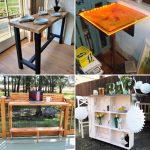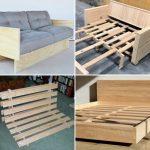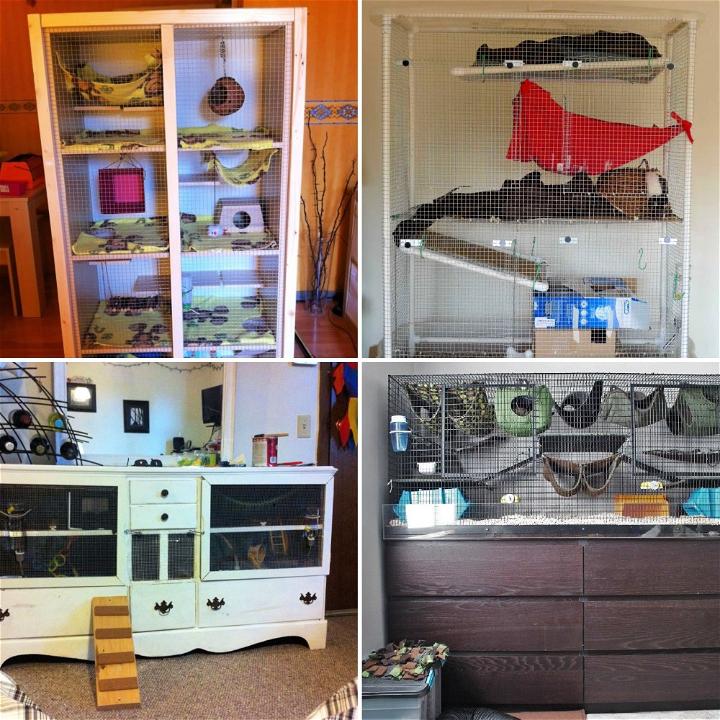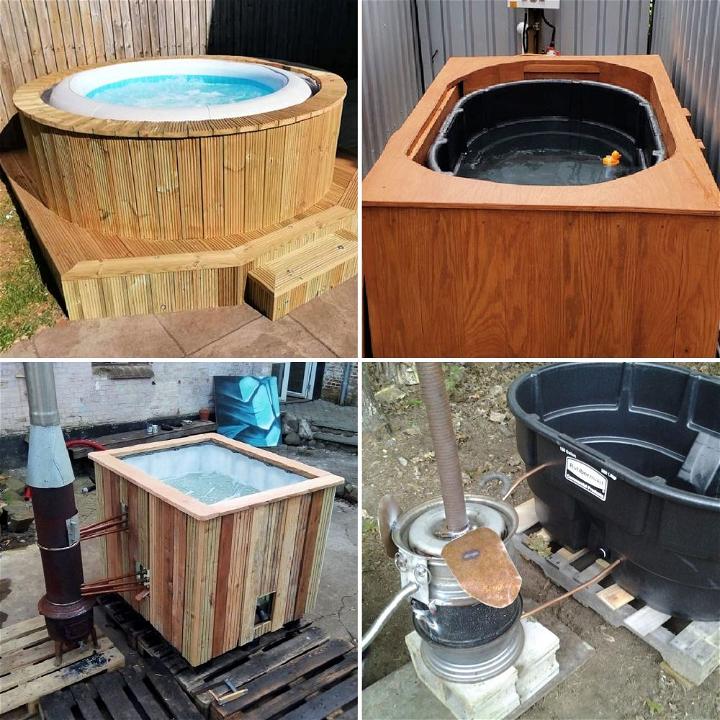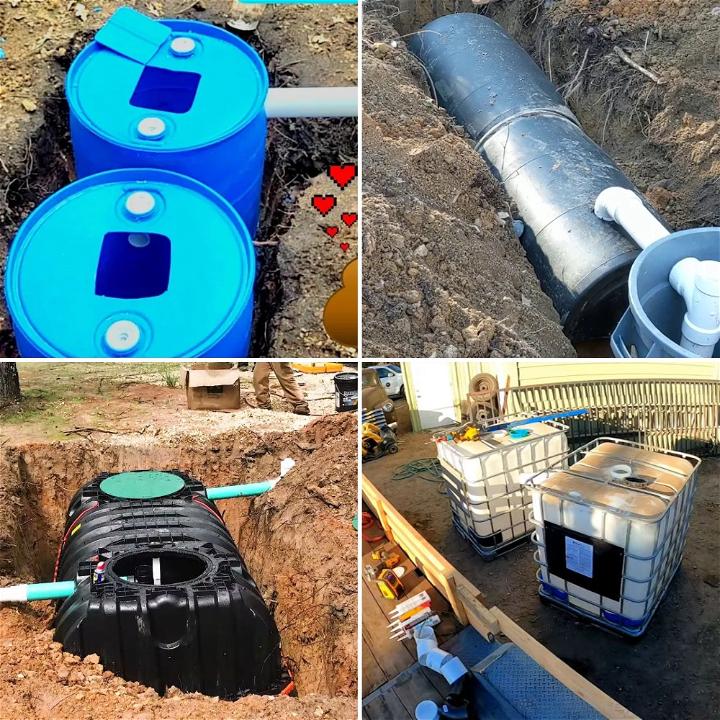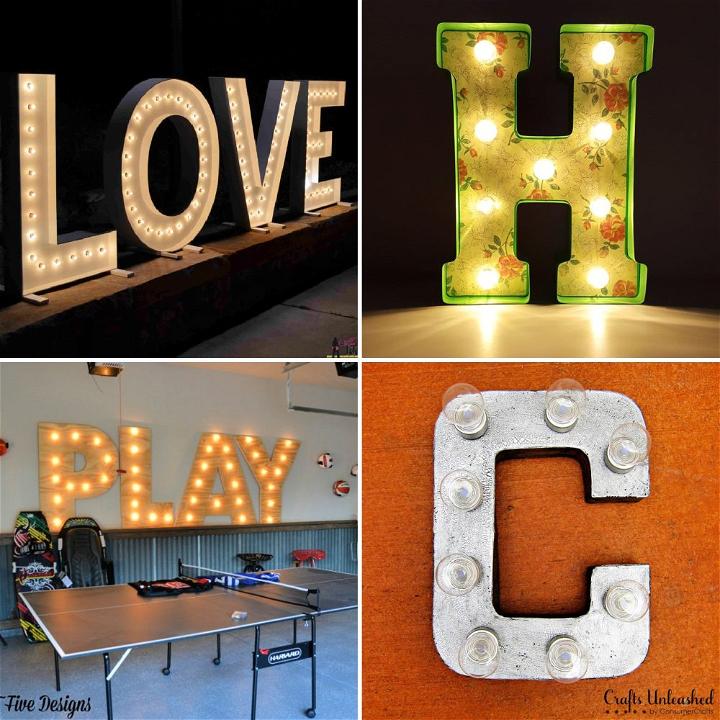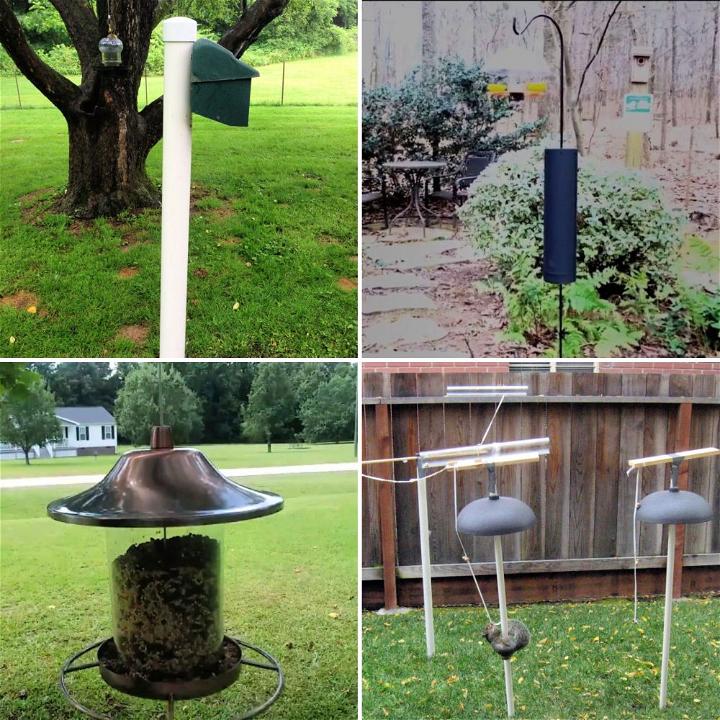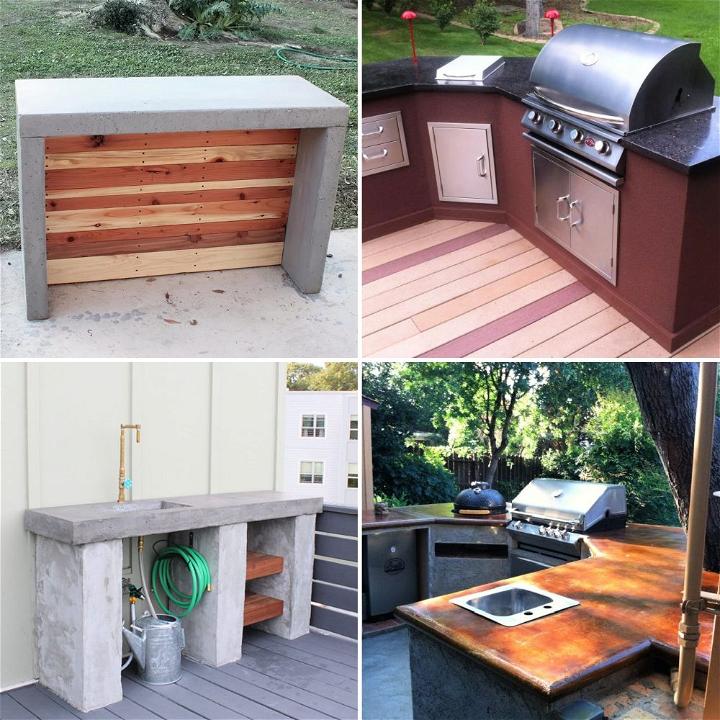Chameleons are remarkable reptiles known for their vivid color changes and unique appearance. To ensure they thrive in captivity, it's essential to understand their needs and replicate their natural habitat as closely as possible.

Understanding Chameleon Behavior
Chameleons are naturally solitary and can become stressed if housed with others. They communicate and regulate their body temperature through color change, so a chameleon that's dark brown or black might be indicating stress.
Making the Right Environment
A proper cage for a chameleon should be tall and spacious, allowing for climbing, as these creatures are arboreal. The enclosure must have ample foliage for hiding and branches for climbing. It's also crucial to maintain a temperature gradient, with a basking spot that's warmer than the rest of the cage.
Diet and Nutrition
Chameleons primarily eat insects. In captivity, their diet should consist of gut-loaded (fed nutritious foods) insects like crickets and worms, dusted with calcium supplements to prevent deficiencies.
How to Make a Chameleon Cage - Step by Step Guide
Building a great home for your chameleon is easy and affordable. This guide will help you make a practical and attractive cage using personal tips for success.
What You'll Learn
You'll learn how to construct a durable, well-ventilated chameleon cage with ample space for climbing and plant life, offering your chameleon a stimulating and naturalistic environment. This project addresses the need for a cost-effective, customizable habitat tailored to the specific needs of chameleons.
Materials Needed
- 1x2 Wood Planks (6 feet long): These form the frame of the cage, providing structure and support.
- Fifer Screen (36 inch by 25 feet): Ensures proper ventilation and allows for adequate airflow.
- Plywood (¼ inch, 2x2 feet): Serves as the base of the cage, supporting any substrate or plants you choose to include.
- Paint or Sealer: Protects the wood and gives your cage a finished look. Options include polyurethane for a natural wood appearance.
- Screws, Hinges, and Locks: Essential for constructing and securing the cage door.
- Sanding Paper, Drill, Staple Gun, Razor Blade: Tools needed for assembling and finishing the cage.
Step-by-Step Instructions
Step 1: Measure and Cut the Wood
Cut four 1x2s to 48 inches for the sides of the cage. For the top and bottom frames, cut four pieces to 22 inches and another four to 24 inches. These dimensions will make a frame that is 4 feet tall, 2 feet long, and 2 feet wide.
Step 2: Assemble the Frames
Using wood glue and screws, assemble the top and bottom frames of the cage. Pre-drilling holes before inserting screws prevents the wood from splitting. Remember to make a square or rectangular frame that matches the dimensions of your design.
Step 3: Attach the Plywood Base
Secure the plywood to the bottom frame with screws. This base will support the weight of any substrate or plants you add to the cage.
Step 4: Construct and Attach the Cage Walls
Staple the fifer screen to the wooden frame to make the walls of the cage. Ensure it's taut and secure to prevent any gaps.
Step 5: Build and Install the Door
Construct a door frame using the remaining wood, ensuring it fits snugly within the cage's front opening. Attach the door to the cage with hinges and add locks to keep it securely closed.
Step 6: Paint or Seal the Wood
Finish the cage by applying a coat of paint or sealer. This step is crucial for protecting the wood and giving your cage a polished appearance.
Step 7: Add the Finishing Touches
Once the paint or sealer is dry, you can begin decorating the inside of the cage with plants, vines, and branches, building a lush environment for your chameleon.
Video Tutorial
Want a visual demonstration? Watch a step-by-step video tutorial on YouTube for a detailed look at the construction process. This video breaks down each step in an easy-to-understand manner, making it a great companion to this guide.
Building a chameleon cage is a rewarding project that enhances your DIY skills and provides your chameleon with a healthy and happy home. By following this guide, you can make a custom habitat that suits your chameleon's needs and fits well within your living space.
Chameleon Health and Wellness
Maintaining your chameleon's health involves regular monitoring for signs of stress or illness and understanding their unique physiological needs.
Recognizing Signs of Illness
Common health issues in chameleons include metabolic bone disease, often due to inadequate UVB lighting or calcium deficiency. Symptoms may include lethargy, loss of appetite, and swollen joints.
Preventative Care
Preventative measures include providing a balanced diet, ensuring proper UVB lighting for Vitamin D3 synthesis, and maintaining appropriate humidity levels within the enclosure to mimic their natural tropical environment.
DIY Chameleon Cage: Essential FAQs
Creating a DIY chameleon cage can be a rewarding project that allows you to tailor the environment to your pet’s needs. Here are some frequently asked questions to guide you through the process.
What Materials Do I Need for a DIY Chameleon Cage?
To build a chameleon cage, you’ll need:
- A sturdy frame (aluminum or PVC)
- Screening material for ventilation
- Non-toxic sealant for waterproofing
- Hardware for assembly (screws, hinges)
- Tools for cutting and attaching materials
- Plants and branches for enrichment
How Big Should the Cage Be?
A chameleon cage should be at least 24 inches wide, 24 inches deep, and 36 inches tall for an adult. Younger or smaller species may require less space, but always prioritize height for climbing.
Can I Use Glass for the Enclosure?
Glass is not recommended for chameleon enclosures as it can restrict airflow. Instead, use a screen or a combination of glass and mesh to ensure proper ventilation.
How Do I Ensure Proper Ventilation?
Use a screen material for the sides of the cage to allow air circulation. Avoid placing the cage in direct sunlight or drafty areas to maintain consistent temperatures.
What Should I Include Inside the Cage?
Inside the cage, include:
- Branches and vines for climbing
- Foliage for hiding and shade
- A basking lamp for warmth
- A drip system or mister for hydration
- A hygrometer and thermometer to monitor conditions
11 DIY Chameleon Cage Ideas and Inspirations
Explore our top 11 DIY chameleon cage ideas for building the perfect habitat for your pet reptile. Get inspired with these creative and practical designs.

1. Old China Cabinet to Chameleon Cage
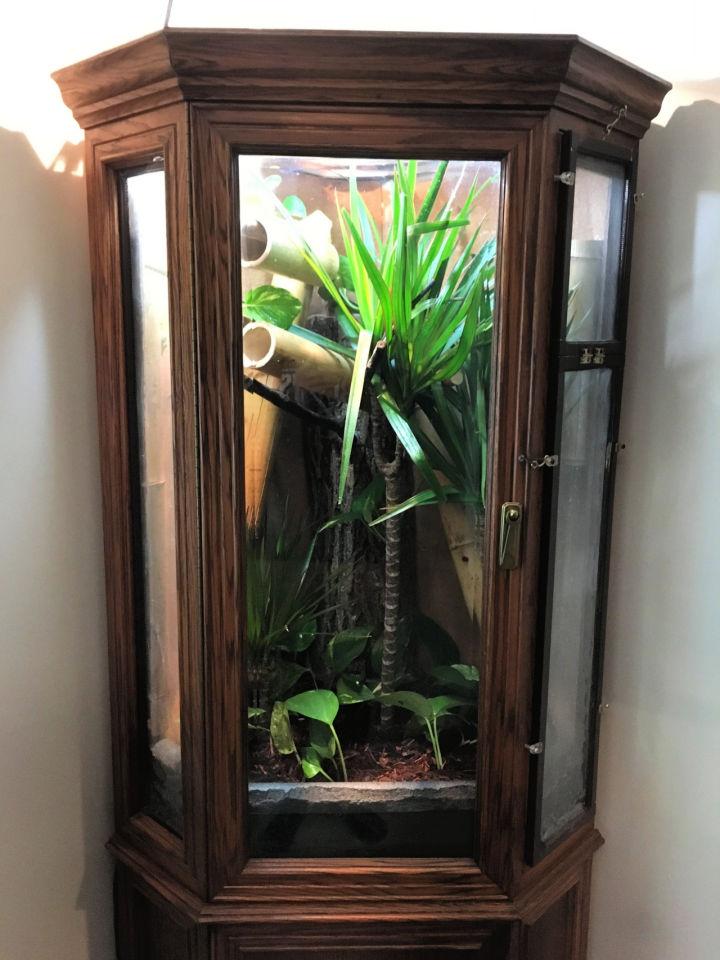
Turning an old China cabinet into a chameleon cage is a creative and eco-friendly idea. By repurposing a piece of furniture, you're not only saving it from potentially becoming waste but also providing a spacious home for your chameleon. With the glass doors, it's easy to watch your pet, and the shelves can be modified to make levels for climbing. It's a stylish and functional solution that adds character to any room.
2. Large Chameleon Cage Using Oak Plywood

Making a large chameleon cage out of oak plywood offers durability and a touch of elegance. Oak is known for its strength, ensuring your chameleon's home is secure. The wood's natural texture also blends beautifully with a variety of decor styles, making the cage an attractive addition to your home. Remember to seal the wood properly to protect it from humidity.
3. How to Build a Chameleon Cage

Building a chameleon cage can seem daunting, but with some research and patience, it's quite manageable. The key is ensuring proper ventilation, secure doors, and adequate space for your chameleon to explore and climb. Materials can range from wood and mesh to repurposed furniture, allowing for customization to fit your space and budget.
4. How to Setup Bioactive Chameleon Enclosure

Setting up a bioactive chameleon enclosure introduces a mini ecosystem into your pet's home. This naturalistic approach mimics their wild habitat, encouraging normal behaviors and offering mental stimulation. Incorporating live plants, branches, and a substrate that supports microfauna not only benefits your chameleon's health but also makes a visually appealing centerpiece.
5. DIY Panther Chameleon Cage

A DIY Panther chameleon cage allows you to customize dimensions and features to accommodate this specific species' needs. They require ample vertical space for climbing and specific humidity and temperature ranges. Using materials that maintain these conditions, along with space for climbing and hiding, can make a haven for your Panther chameleon.
6. Custom Acrylic Chameleon Habitat

Designing a custom acrylic chameleon habitat presents a modern and sleek look, plus the transparency offers an unobstructed view of your chameleon. Acrylic is lightweight, making the cage easy to move, and it's also easier to clean than some other materials. This type of habitat can be tailored to fit any space, providing a beautiful home for your pet that complements your living space.
7. Build Your Own Chameleon Cage

Embarking on building your own chameleon cage can be a fulfilling project. It allows you to tailor the environment specifically to your chameleon's needs, ensuring adequate space, ventilation, and heating. You can also incorporate personal touches, making the cage a unique habitat that's both functional and decorative.
8. DIY Wooden Chameleon Cage
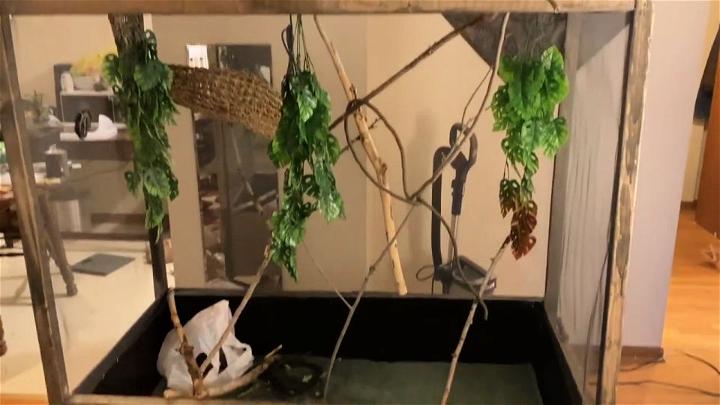
Making a DIY wooden chameleon cage is not only cost-effective but also gives you the freedom to design a habitat that suits your home's aesthetic. Wood offers warmth and natural beauty, and with a bit of craftsmanship, you can include custom shelving and climbing areas tailored to your chameleon's lifestyle.
9. How to Make a Central Enclosure for Chameleon
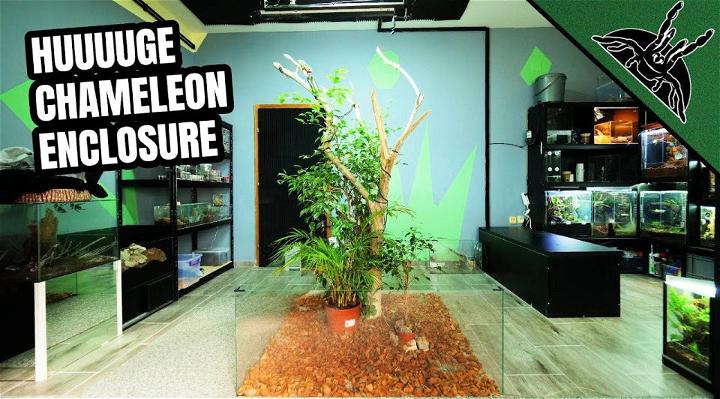
Making a central enclosure for a chameleon involves focusing on building a centerpiece that is both functional for the chameleon and attractive. The idea is to integrate the chameleon's habitat seamlessly with your living space, ensuring it gets enough light, warmth, and air circulation, making it a focal point of interaction and observation.
10. Homemade Chameleon Cage

A homemade chameleon cage can be a rewarding project, offering a personalized habitat for your pet. Utilizing available materials and some DIY skills, you can build a secure, ventilated, and spacious environment. It's an opportunity to involve your creativity while ensuring your chameleon's comfort and health.
11. DIY Chameleon Cage on Budget

Building a DIY chameleon cage on a budget requires some ingenuity, but it's entirely possible. By repurposing materials like old furniture or using affordable wood and mesh, you can make a comfortable and stimulating environment for your chameleon. It's about balancing resourcefulness with the essential needs of your pet, making a happy home without breaking the bank.
Conclusion:
In conclusion, building a DIY chameleon cage is a rewarding project that allows you to tailor the enclosure to your pet's specific needs. By following the steps outlined in this article, you can provide a comfortable and safe habitat for your chameleon while also expressing your creativity. Don't hesitate to embark on this DIY project and unleash your imagination!


